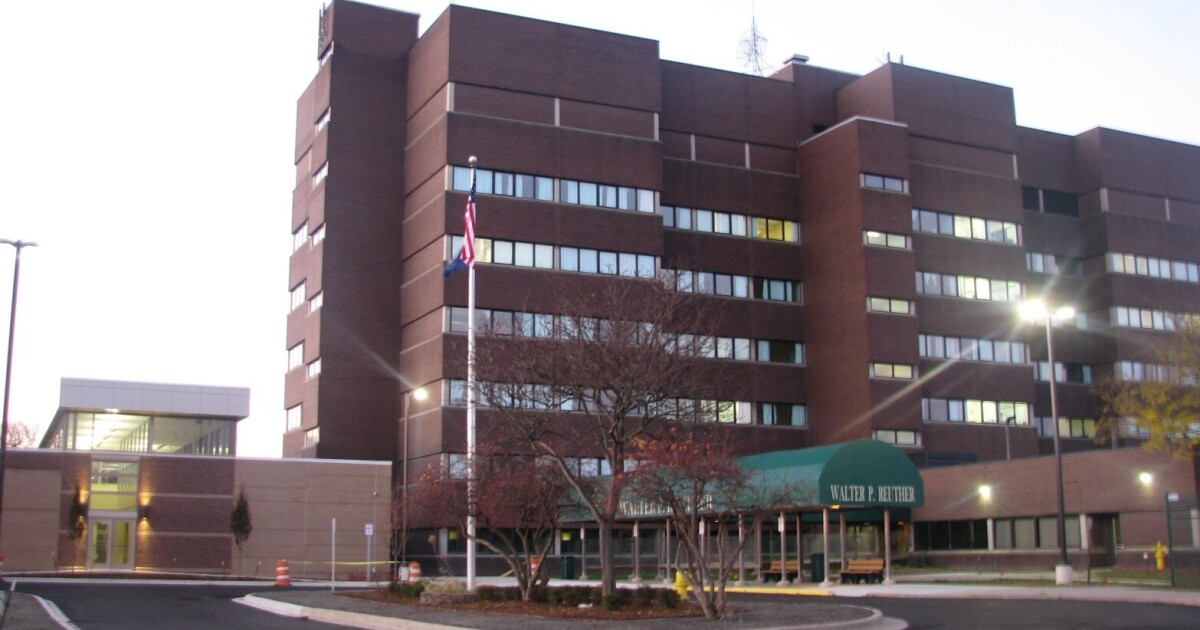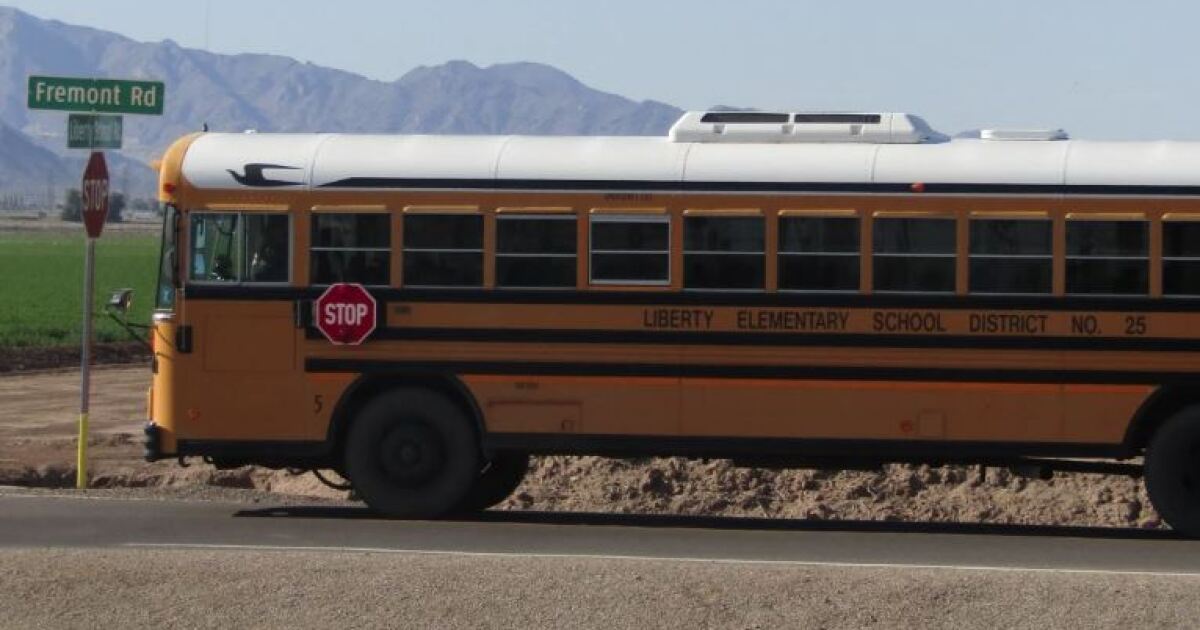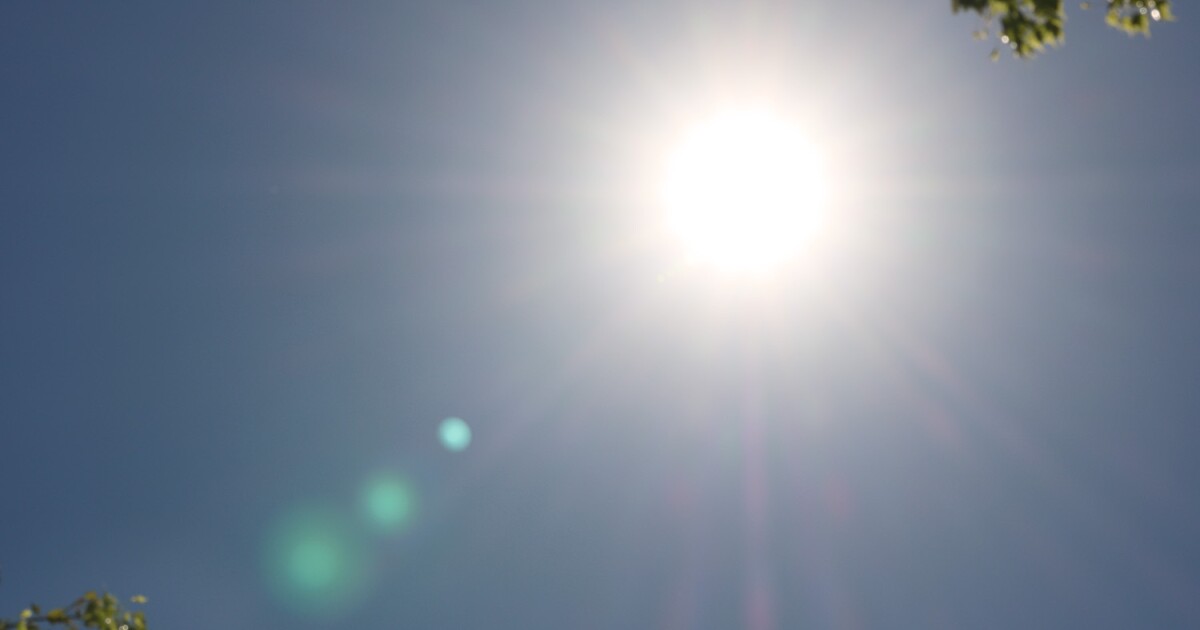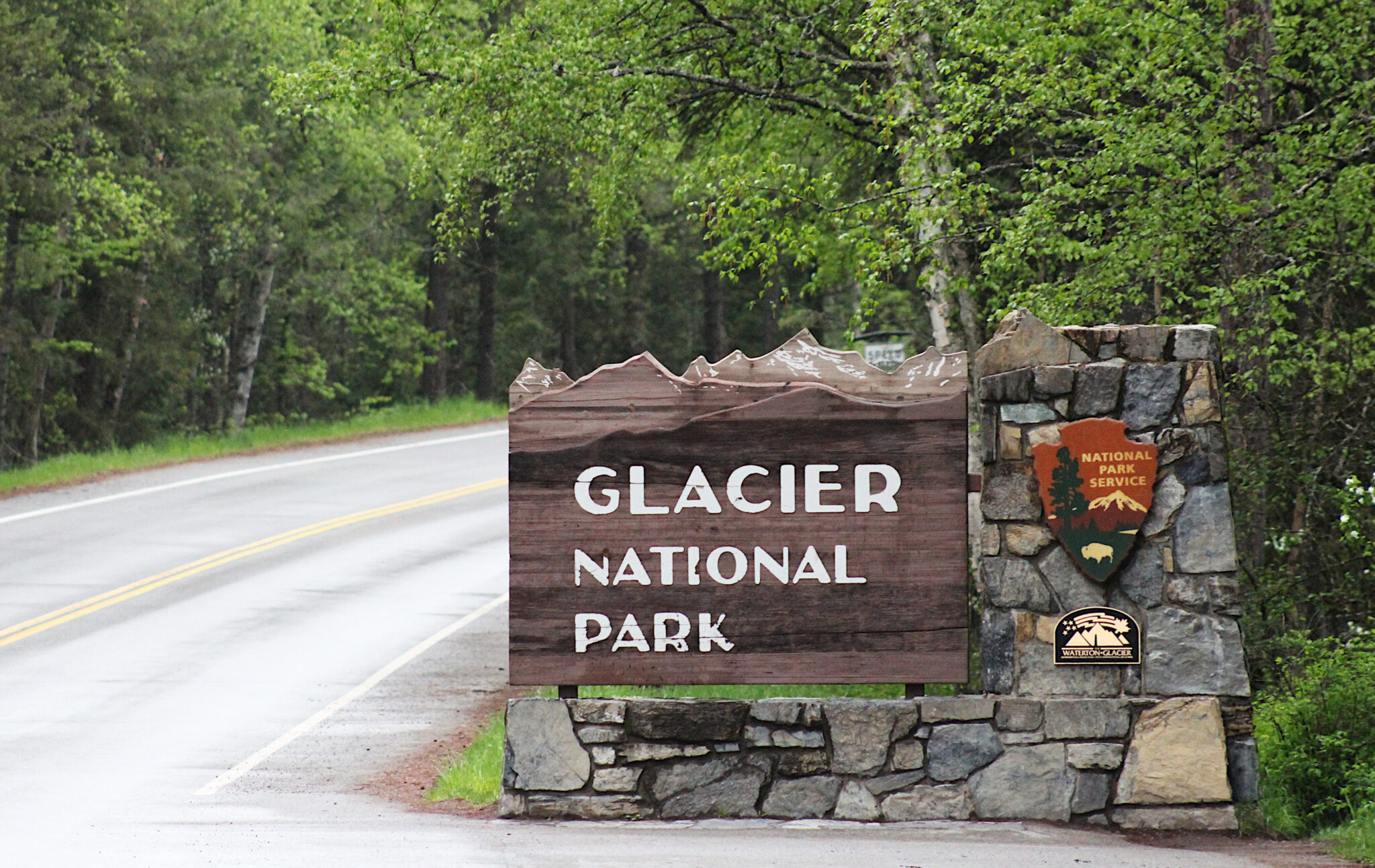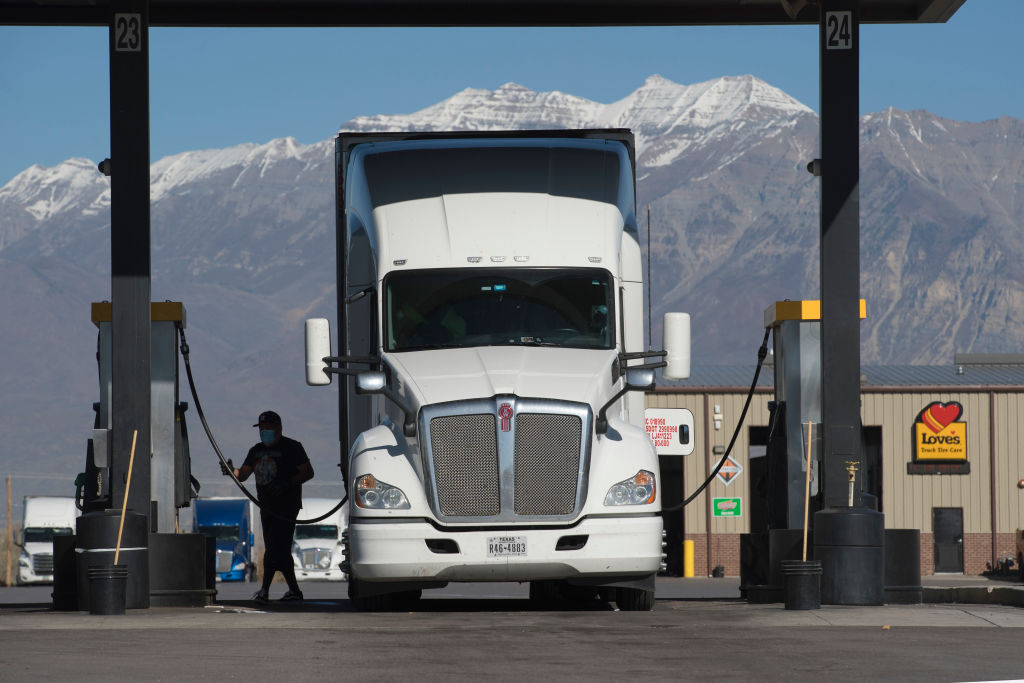The Great Salt Lake in Utah is facing significant environmental challenges, with water levels steadily dropping over the past few decades. Scientists from Northern Arizona University have offered a series of recommendations to address this alarming trend, identifying human activity as a primary factor.
The research highlights that water diversion for agriculture, especially for cattle feed, is a major contributor to the lake’s shrinkage. Since the 1990s, the lake has experienced an average decline of about four inches annually.
Kat Fowler, an environmental data scientist involved in the study, suggests that a substantial reduction in water usage, by approximately 35 percent, is crucial for the lake’s stabilization. She expresses cautious optimism about the potential for change, acknowledging the challenge: “Big cultural shifts like this in the West—you’re asking people to change legal structures and behavior patterns that have been in place for over 200 years in some cases.”
Richard Rushforth, another author of the study, emphasizes the complexity of the issue. He notes, “It’s not just focusing one sector of the economy, it’s thinking about all uses of water that feed into the Great Salt Lake, and then what are those downstream impacts if the lake continues to dwindle?”
The potential consequences of the lake’s continued decline are severe, including disruptions to migratory bird populations, threats to the brine shrimp industry, and the risk of toxic dust storms.
For more detailed insights, read the full study: Reducing irrigation of livestock feed is essential to saving Great Salt Lake – ScienceDirect
—
Read More Arizona News



